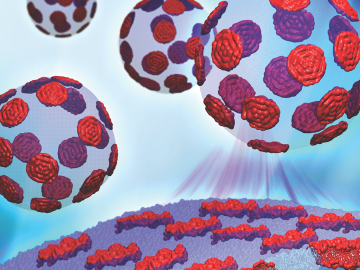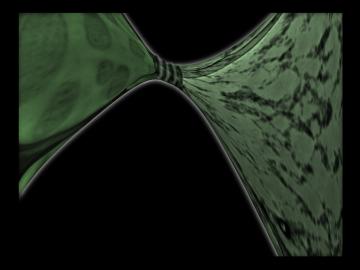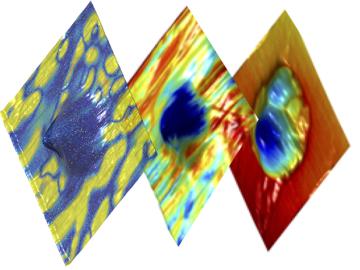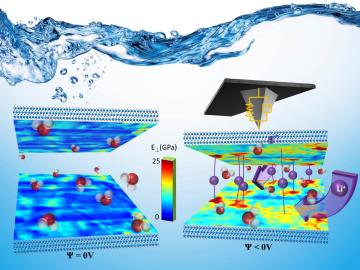
Filter News
Area of Research
- Advanced Manufacturing (9)
- Biological Systems (1)
- Biology and Environment (37)
- Building Technologies (1)
- Clean Energy (119)
- Climate and Environmental Systems (2)
- Computational Biology (1)
- Computational Engineering (2)
- Computer Science (4)
- Electricity and Smart Grid (1)
- Fossil Energy (1)
- Fusion and Fission (15)
- Fusion Energy (1)
- Isotopes (13)
- Materials (59)
- Materials for Computing (18)
- Mathematics (1)
- National Security (9)
- Neutron Science (32)
- Nuclear Science and Technology (8)
- Quantum information Science (3)
- Renewable Energy (2)
- Sensors and Controls (1)
- Supercomputing (43)
- Transportation Systems (2)
News Type
Date
News Topics
- 3-D Printing/Advanced Manufacturing (38)
- Advanced Reactors (5)
- Artificial Intelligence (29)
- Big Data (13)
- Bioenergy (24)
- Biology (34)
- Biomedical (15)
- Biotechnology (10)
- Buildings (26)
- Chemical Sciences (19)
- Clean Water (11)
- Climate Change (30)
- Composites (10)
- Computer Science (50)
- Coronavirus (10)
- Critical Materials (10)
- Cybersecurity (5)
- Decarbonization (27)
- Education (1)
- Emergency (1)
- Energy Storage (30)
- Environment (60)
- Exascale Computing (8)
- Fossil Energy (2)
- Frontier (10)
- Fusion (13)
- Grid (17)
- High-Performance Computing (32)
- Isotopes (23)
- ITER (5)
- Machine Learning (9)
- Materials (45)
- Materials Science (35)
- Mathematics (3)
- Mercury (5)
- Microelectronics (1)
- Microscopy (12)
- Nanotechnology (12)
- National Security (21)
- Net Zero (6)
- Neutron Science (28)
- Nuclear Energy (14)
- Partnerships (11)
- Physics (7)
- Polymers (10)
- Quantum Computing (15)
- Quantum Science (24)
- Security (5)
- Simulation (12)
- Space Exploration (7)
- Statistics (3)
- Summit (13)
- Sustainable Energy (51)
- Transportation (33)
Media Contacts


A 20-kilowatt wireless charging system demonstrated at the Department of Energy’s Oak Ridge National Laboratory has achieved 90 percent efficiency at three times the rate of the plug-in systems commonly used for electric vehicles today. This ability can help acc...

Frank Loeffler, University of Tennessee (UT)-Oak Ridge National Laboratory Governor's Chair for Microbiology and Civil and Environmental Engineering, has been elected fellow of the American Academy of Microbiology.

Rare earth elements are metals used in technologies from wind turbines and magnetic resonance imaging agents to industrial catalysts and high-definition televisions. Most are lanthanides, elements with atomic number from 57 to 71, lanthanum to lutetium, in the periodic table. The la...

Researchers at the Department of Energy’s Oak Ridge National Laboratory have demonstrated a production method they estimate will reduce the cost of carbon fiber as much as 50 percent and the energy used in its production by more than 60 percent. After extensive ...





Researchers at the Department of Energy's Oak Ridge National Laboratory have combined advanced in-situ microscopy and theoretical calculations to uncover important clues to the properties of a promising next-generation energy storage material for


